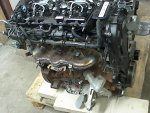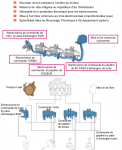My son's 2011 508HDi is a pain again. This time the check engine light and the srevice lights come on and it looses power. It has been to the dealer in Shepparton three time. They have topped up the engine oil, and replaced two vacuum pumps. this time the car was at the dealer for several days and they said it was right to go. It was until it got half way home and same problem! Home is a bout 100km away. Things went wrong when he went up a bit of a hill if that is relevant. So far he has parted with $1300! and the car is still not right. I would love some suggestions that we can put to the dealer.
He has three young children he is looking after, lives out of Benalla, and needs the car. This is getting ridiculous.
Appreciate any advice.
Glenn
He has three young children he is looking after, lives out of Benalla, and needs the car. This is getting ridiculous.
Appreciate any advice.
Glenn


